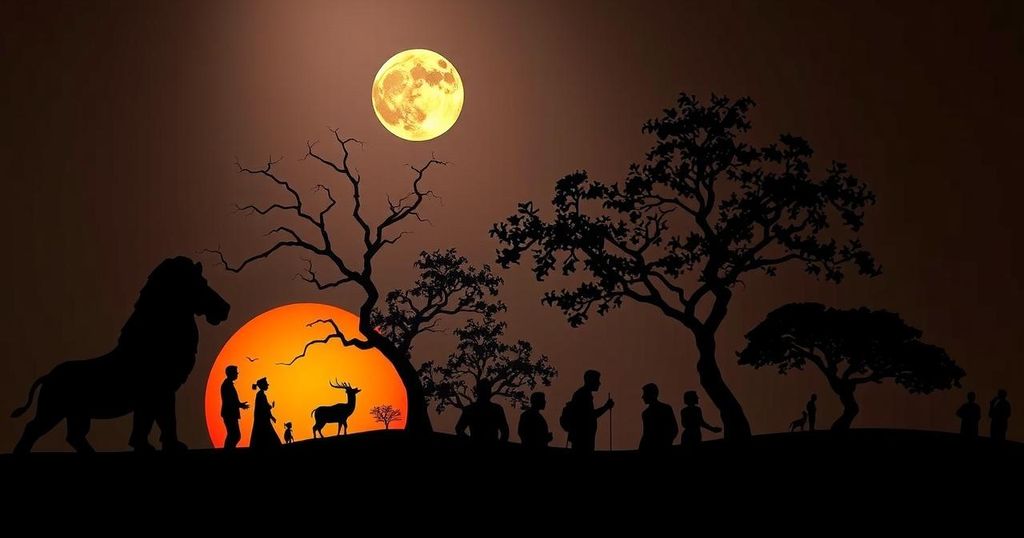Zimbabwean Art: A Showcase of Heritage and Craftsmanship in Beijing’s Apex Gallery
In the vibrant and culturally rich atmosphere of Beijing, the Apex African Art Gallery stands as a notable testimony to the prominence of Zimbabwean artistry in the African art scene. This gallery, primarily showcasing artwork from Zimbabwe, its neighboring countries, and Tanzania, is run by Gallerist Wang Jian, who has dedicated the past fourteen years to curating African art. Her path into the art world was sparked by her professional experiences in Zimbabwe, where she developed a profound appreciation for the intricacies of local artistic expressions, including stunning stone sculptures, wooden carvings, and captivating oil paintings.
The gallery features a diverse array of artworks, inviting appreciation from a varied audience consisting mainly of collectors and art enthusiasts. Each piece, ranging from stone works to functional wooden carvings, reflects significant attention to detail and a deep connection to African culture. Wang’s frequent travels to Africa are instrumental in her procurement of art, as she interacts directly with local artists to identify authentic and appealing works. She is particularly attuned to the preferences of Chinese collectors, who often have personal ties to Africa stemming from professional experiences abroad.
In her sourcing endeavors, Wang has noted the distinct preferences of different markets. For instance, while European collectors gravitate towards monochromatic stone artworks, the Chinese audience displays a preference for vibrant, colorful stones, emphasizing specific hues like green and red. Such preferences are indicative of market trends and cultural sensibilities that Wang effectively navigates to ensure a successful selection of art. Over the years, she has expanded her repertoire from primarily stone sculptures to encompass wooden artworks and oil paintings, appreciating the richness of Zimbabwe’s artistic landscape.
Among the standout pieces in the gallery, one can find a soapstone bust titled “Shona Lady,” representing a significant cultural identity, and a butter jade sculpture known as “Queen,” demonstrating the exceptional skill involved in transforming a single stone into a breathtaking work of art. Additionally, wooden sculptures abound, with functional pieces like intricately carved tables that echo the rich tradition of Chinese root sculptures.
One remarkable highlight is a wooden chess table featuring chess pieces carved in the shape of African wildlife, encouraging interaction and appreciation of art in a playful manner. Furthermore, an evocative painting entitled “African Story” showcases an optical illusion, merging images of buffalo and human limbs, reflecting the innovative spirit of contemporary African art.
Wang Jian’s passionate commitment to introducing African art to the Chinese market is commendable. With a clientele that often harbors nostalgic connections to Africa, her gallery serves not merely as a display space, but as a bridge linking distinct cultural narratives. As Wang eloquently puts it, her journey in promoting African art is continuous, revealing her unwavering love and dedication to this artistic heritage.








Post Comment